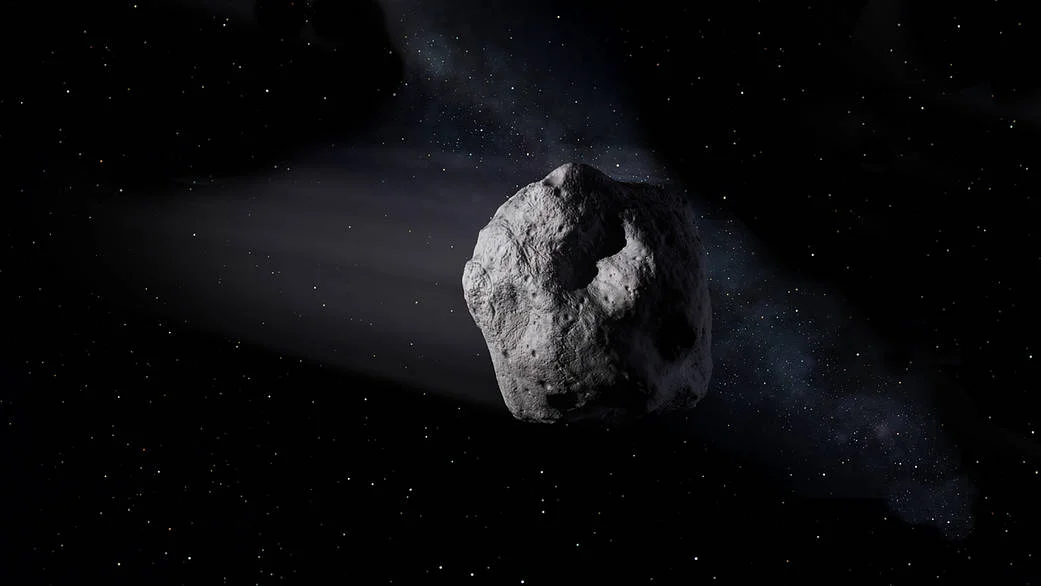
Somebody call the neighborhood watch because there’s a stranger creeping around our local solar neighborhood.
Astronomers recently spotted an object — originally called the Interstellar Minor Body A/2017 U1, and recently named ‘Oumuamua — on a hyperbolic orbit around the Sun. This means that it is not gravitationally bound to our solar system.
The most probable explanation for this is that it originated from another star system and happened to pass near enough to our solar system that the Sun’s gravitational pull knocked it slightly off course.
Identifying ‘Oumuamua is “the coolest thing that’s happened in planetary astronomy recently,” said Dr. Brett Gladman, an astronomy professor at UBC and expert on asteroid dynamics. The object’s name pays homage to how excited scientists are; ‘Oumuamua means “scout from the past,” and is Hawaiian in origin.
He went on to explain that said ‘Oumuamua is an asteroid that would have been ejected from another star system during its planet formation phase.
“All planetary systems do this,” stated Gladman. “This happens when planetary objects form. They eject material.”
‘Oumuamua was determined to be about 160 metres in diameter and of a rocky composition. ‘Oumuamua came within Mercury’s orbit, meaning that it got very very hot (about 275 Celsius). When comets get close to the Sun, the ice starts sublimating into a large cloud called a Coma.
“[‘Oumuamua] had no Coma,” explained Gladman, “meaning it is likely an asteroid.”
Astronomers use an observational technique called spectroscopy to gain insight into an object’s composition. Different wavelengths of light will be emitted and/or absorbed by different chemical compounds. By getting the spectra of an object, astronomers can tell, for example, how much water or carbon monoxide it contains — both of which are abundant in comets.
“It’s spectra was completely flat,” said Gladman, meaning that it is consistent with “outer main belt asteroids” in our solar system.
The fact that the first object originating from outside of our solar system is rocky as opposed to icy means that astronomers will need to update their theoretical models.
“Asteroid ejection may not be negligible,” said Gladman, contrary to what astronomers previously thought.
Since this object is speeding by at such a quick pace, that means it won’t stay around for too long. Because of this, astronomers are scrambling to point as many telescopes at it as possible to learn as much as quickly as they can. At its fastest point, it was zipping along at 87.71 kilometres per second — much faster than any rocket ever launched.
Will we ever see one of these again? “Space is full of ejected material. We’ve been predicting for about 20 years that this should happen,” said Gladman.
So theories predicted that we should be seeing objects like ‘Oumuamua.
Future telescopes like the Large Synoptic Survey Telescope (LSST), which Canadian astronomers like Gladman will be utilizing, will help track down more of these interstellar visitors.
Even cooler are the future prospects. Telescopes such as the LSST will give us the ability to identify objects like ‘Oumuamua earlier during their solar encounter. If spotted far enough in advance, we could launch a satellite that “could rendezvous with the asteroid or comet” said Gladman.
In the near future we could collect and analyze samples from another solar system without even having to leave our own.


![['']](https://storage.googleapis.com/ubyssey/media/renditions/20171122_oumuamua.original.jpg)